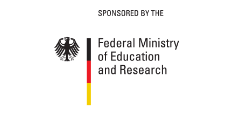
Dioramas within the Permanent Exhibition
Alexander Koenig was able to win over the Berlin painter Stötzner-Lund for the design of the dioramas, who in 1923, together with the museum's taxidermists, took over the design. The places depicted are often inspired by the impressions Alexander Koenig gained on his expeditions.
For the reopening of the Museum Koenig after the complete renovation in 2003, the original state of the dioramas was restored using old photographs. The presentation of the listed dioramas has lost nothing of its topicality: the reproduction of complete landscape sections offers an excellent opportunity to present entire ecosystems.
The word diorama comes from the Greek and means peep-box or see-through picture. Louis-Jacques-Mandé Daguerre, a French painter and inventor, painted theatre scenes as a stage designer long before he discovered photography (the daguerreotype). Since 1822 he built illusion theatres called dioramas.
Later the word was used for the realistic three-dimensional representations in museums. In their design, dioramas involve museum visitors in the events depicted. Animals can be shown in their natural environment in complicated scenarios. The visitor looks through a pane into the dioramas, whose foreground is designed with natural, preserved plant material and the animal species to be presented. The background, the distance, is painted in perspective. The transition appears fluid and is hardly noticeable.







